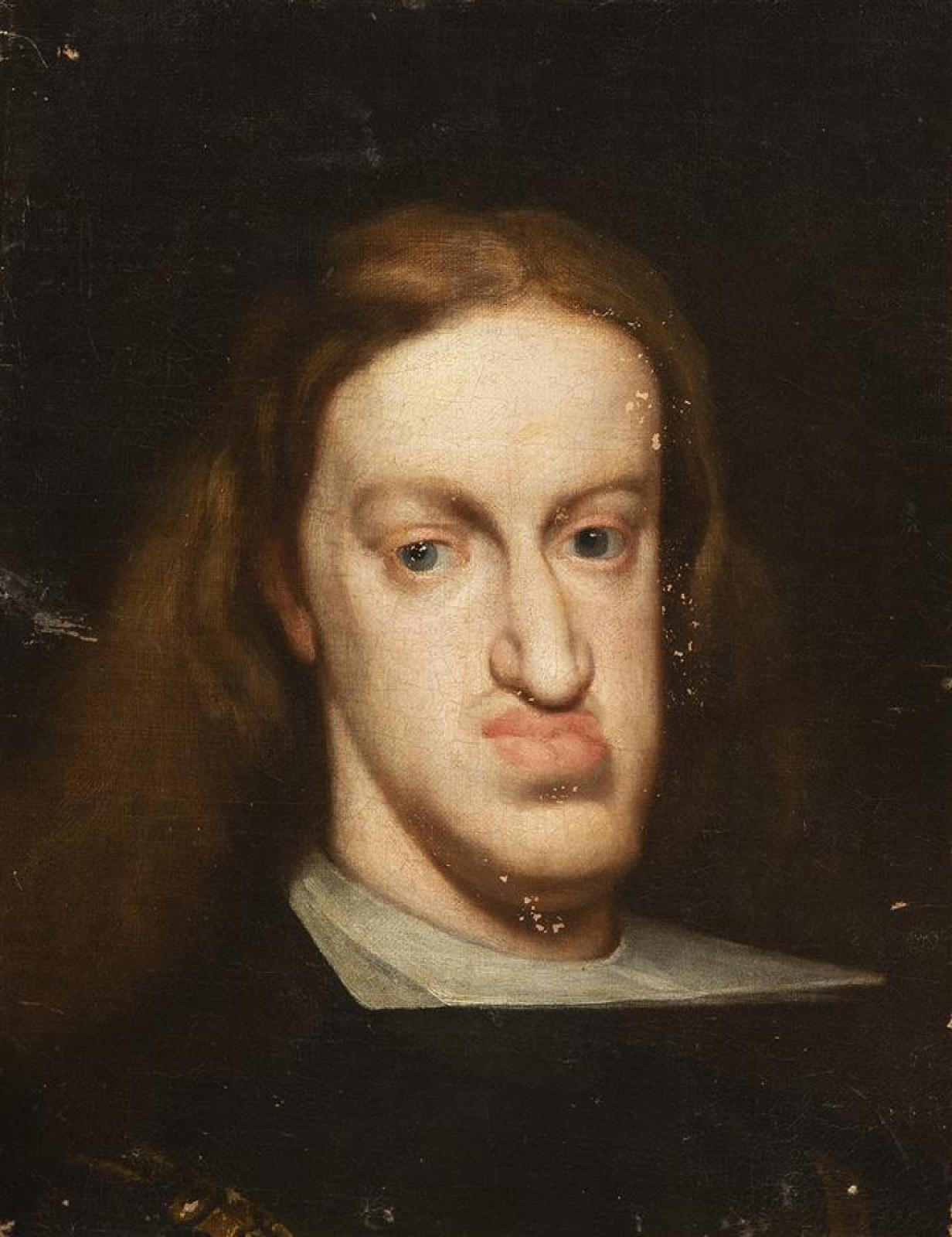
Juan Carreño de Miranda Portrait du roi d'Espagne Charles II de Habsbourg MutualArt
Carreño de Miranda, Juan. Avilés, Asturias (Spain), 1614 - Madrid (Spain), 1685. Born into a noble family of the Principality of Asturias, Carreño de Miranda received his early training in Madrid at the workshop of Pedro de las Cuevas, where he may have coincided with Antonio de Pereda, Francisco Camilo and Antonio Arias.
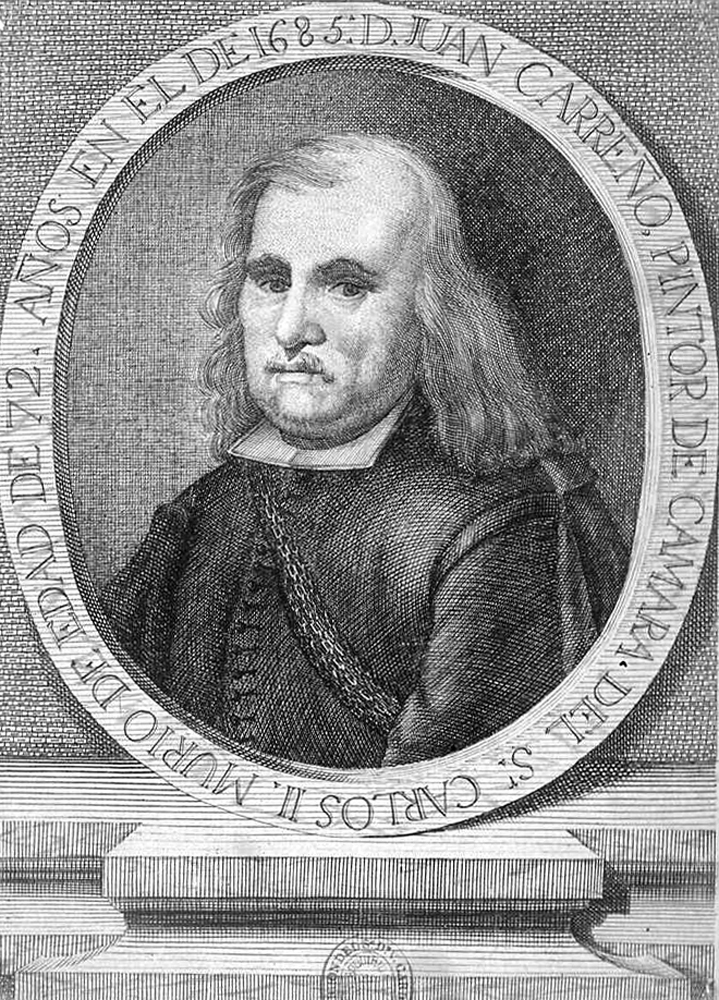
Juan Carreño de Miranda Sartle See Art Differently
References. Title: Studies for the Assumption of the Virgin. Artist: Juan Carreño de Miranda (Spanish, Avilés 1614-1685 Madrid) Date: 1657-60. Medium: Pen and brown ink, brush and brown wash, heightened with white gouache, over traces of black chalk on paper washed yellow brown. Dimensions: 9-3/8 x 7 in. (23.8 x 17.8 cm) Classification.

MAESTROS ESPAÑOLES DEL RETRATO Juan Carreño de Miranda
Title: Crucifix. Creator: Juan Carreño de Miranda (Spanish, 1614-1685) Date Created: 1658. Rights: Public Domain. Medium / Support: oil on panel. External Link: See this object at www.imamuseum.org. Dimensions: 19 x 12-1/2 in. Department: European Painting and Sculpture Before 1800. Credit Line: Deaccessioned European Fund, Gift of the Alfred.
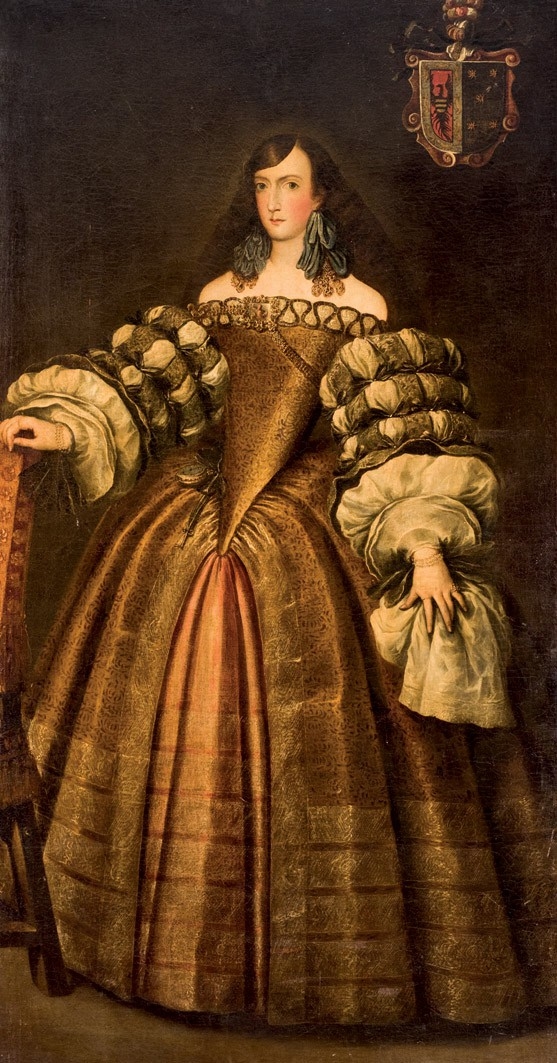
Juan Carreño de Miranda Retrato de dama MutualArt
Juan Carreño Miranda. Carreño Miranda, Juan. Avilés, 25.III.1614 - Madrid, 3.X.1685. Pintor. Hijo —quizás natural— de un hidalgo asturiano que se dedicaba al comercio de cuadros y sobrino de Andrés Carreño (c. 1591-1660), modesto pintor establecido en Valladolid. Muy niño se trasladó a Madrid con su padre y entró en el taller.

Juan Carreño de Miranda , and The Immaculate Conception 94.824 Museum of Fine
Juan Carreño de Miranda (25 March 1614 — 3 October 1685) was a Spanish painter of the Baroque period. Biography. Born in Avilés in Asturias, son of a painter with the same name, Juan Carreño de Miranda.

Juan Carreno De Miranda Telegraph
Juan Carreño de Miranda was a Spanish painter of the Baroque period. Show less Read more. Wikipedia. Discover this artist. 17 items. Organize by. Related works from the web Artworks not sourced from our partners' collections. Eugenia Martínez Vallejo, desnuda. www.wikidata.org

Juan Carreño de Miranda. Iglesia del Carmen. Marlofa, Zaragoza (1680). Inmaculada Concepción
Juan Carreño de Miranda's La Monstrua Desnuda (c. 1680) depicts Eugenia Martínez Vallejo. She was a Spanish girl born in 1674. Her weight gain popularized her during her short 25 years. It is believed that she could have had Prader-Willi Syndrome, a disorder causing the malfunction of certain genes. The artist also painted a version of her.
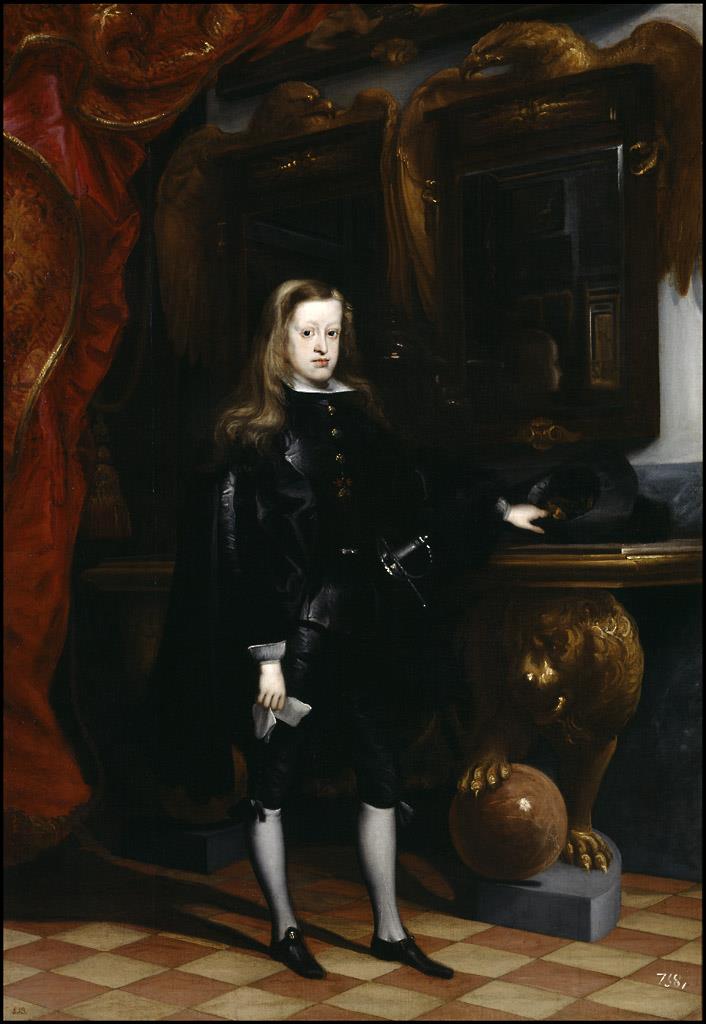
Carreño de Miranda, Juan Museo Nacional del Prado
Includes the Catholic Encyclopedia, Church Fathers, Summa, Bible and more — all for only $19.99. Spanish painter, b. at Avilés in Asturia, 1614; d. at Madrid, 1685. He was a pupil of Pedro de Las Cuevas and Bartolomé Roman, but at the age of twenty knew more than his masters could teach him, and left them to set up a studio for himself.
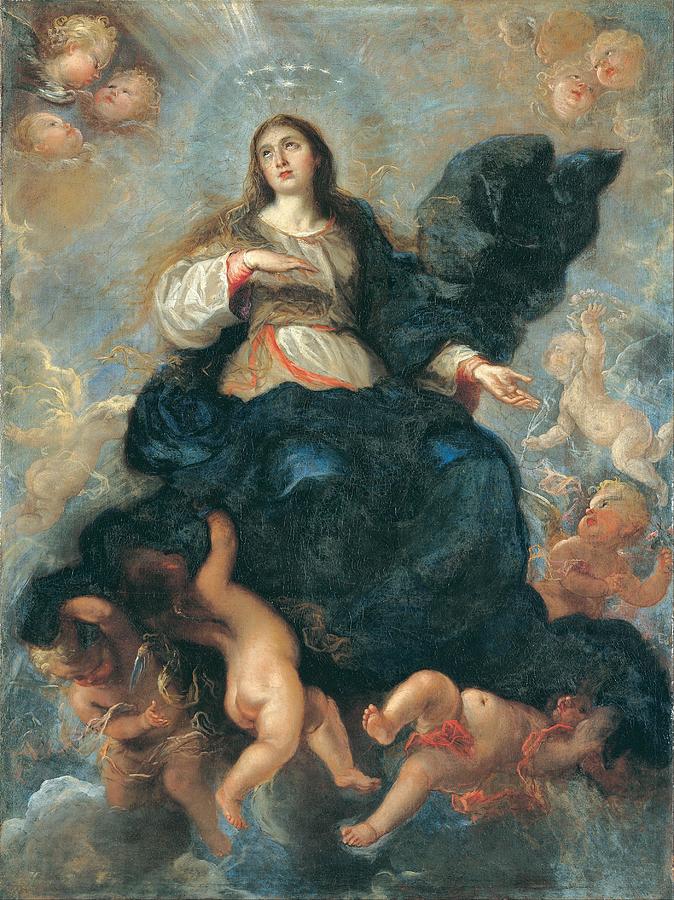
Asuncion De La Virgen Painting by Juan Carreno de Miranda Fine Art America
Juan Carreño de Miranda (25 March 1614 — 3 October 1685) was a Spanish painter of the Baroque period.
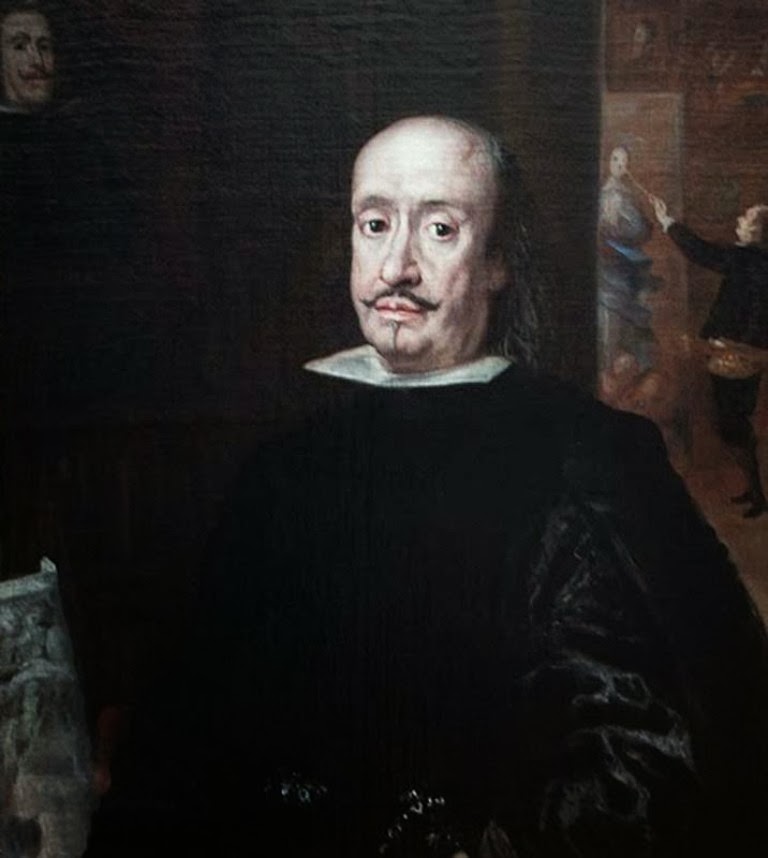.jpg)
Pintores Realistas Españoles Juan Carreño de Miranda
Juan Carreño de Miranda (25 March 1614 — 3 October 1685) was a Spanish painter of the Baroque period. Born in Avilés in Asturias, son of a painter with the same name, Juan Carreño de Miranda. His family moved to Madrid in 1623, and he trained in Madrid during the late 1620s as an apprentice to Pedro de las Cuevas and Bartolomé Román.

badinicreateam LA MONSTRUA / THE MONSTER / JUAN CARRENO DE MIRANDA / 1680
Juan Carreño de Miranda was the chillest bro in 17th century Spain. Or maybe pathologically bashful. On paper, Carreño had a leg up in life. Family was noble, and both father and uncle were painters. Every art teacher he had refused to teach him because he was too talented.
Maestros españoles del retrato Juan Carreño de Miranda
The Life and Work of Juan Carreño de Miranda (1614-1685), Michigan, Ann Arbor, University Microfilm International, 1961. Pérez Sánchez, Alfonso E., Juan Carreño de Miranda (1614-1685), Avilés, Ayuntamiento, 1985.

FileJuan Carreño de Miranda Mass of St John of Matha WGA4481.jpg Wikimedia Commons
Google Arts & Culture features content from over 2000 leading museums and archives who have partnered with the Google Cultural Institute to bring the world's treasures online.
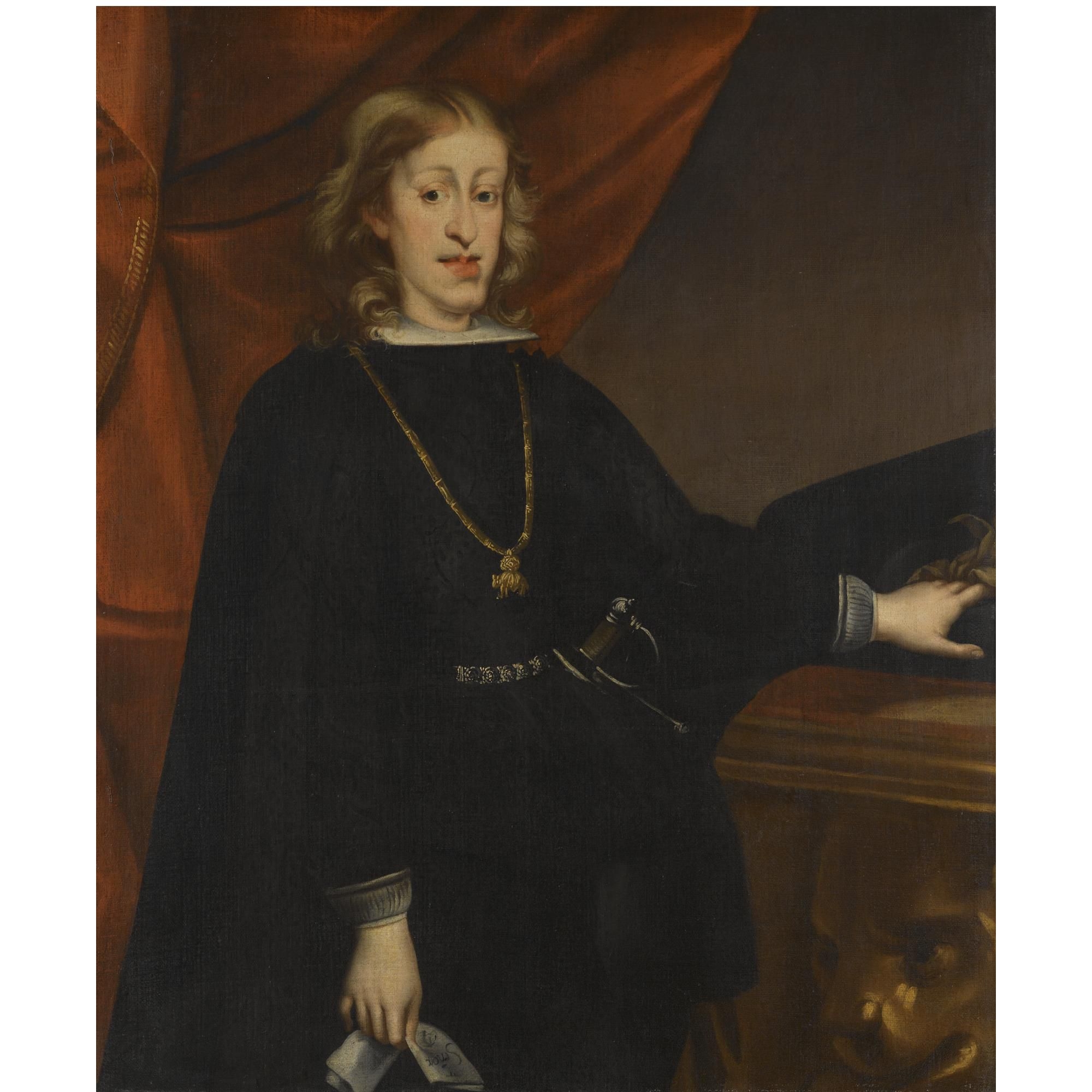
Juan Carreño de Miranda Portrait of Charles II of Spain, three quarter length, standing in an
Juan Carreño de Miranda was born in Asturias, Spain in 1614 and moved with his family to Madrid in the late 1620s where he trained as an apprentice for well-known artists of the time. He was eventually noticed by Diego Velázquez, one of Spain's greatest masters, and was greatly influenced by his works, including Velázquez's sensitive.
.jpg)
Juan Carreño de Miranda Avilés 16141685 Madrid , Portrait of King Charles II of Spain Christie's
Juan Carreno de Miranda at CGFA. Ciudad de la Pintura (in Spanish) Memory of the Netherlands Project. Great scans; use your mouse wheel to zoom in on the detail images. RKD Netherlands Imagebase NEW! Eclectic database of images that range from old black-and-white photos to superb, zoomable reproductions.
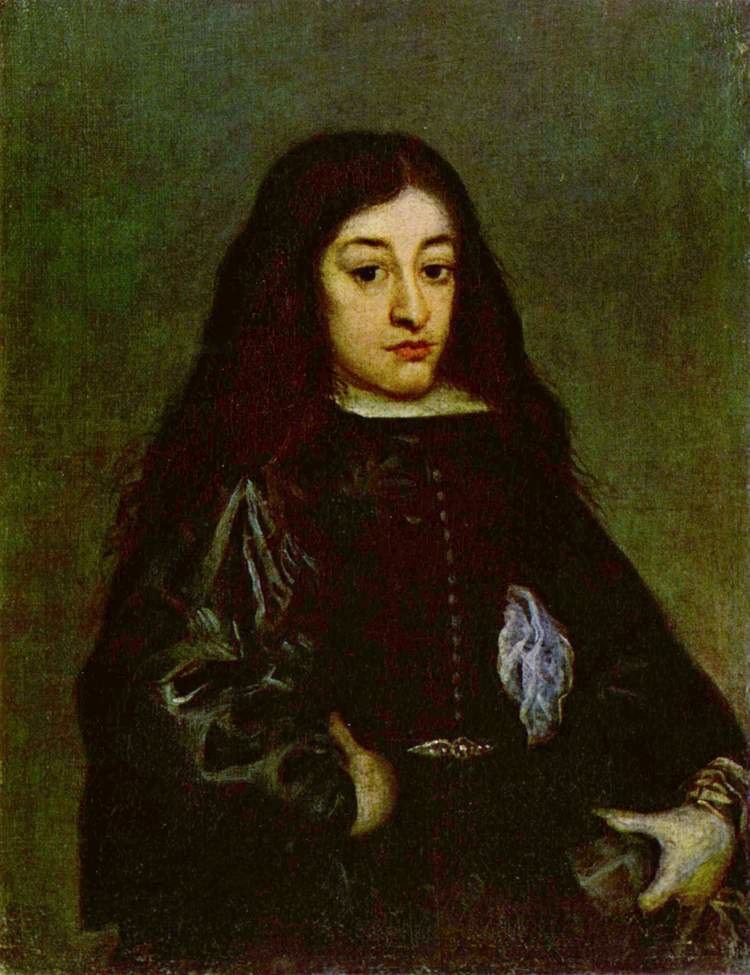
Juan Carreño de Miranda Alchetron, the free social encyclopedia
Juan Carreño de Miranda ( Avilés, 25 de marzo de 1614 - Madrid, 3 de octubre de 1685) fue un pintor barroco español. Llamado por Miguel de Unamuno pintor de la «austriaca decadencia de España», 1 a partir de 1671 ocupó el puesto de pintor de cámara de Carlos II. Pintó entre 1658 y 1671, en estrecha colaboración con Francisco Rizi.